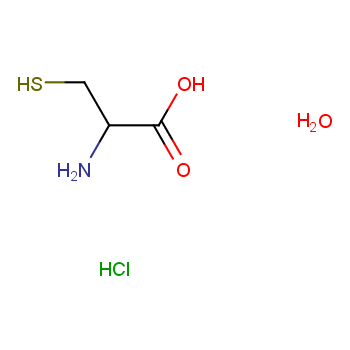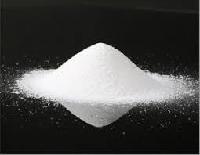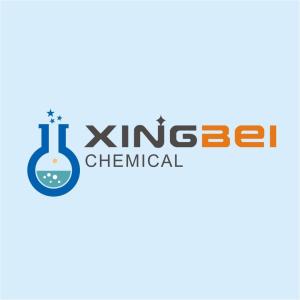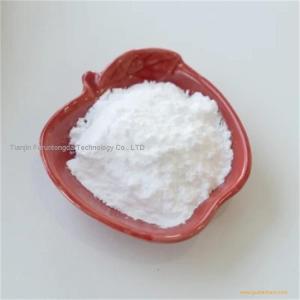-
L-Cysteine hydrochloride monohydrate
L-Cysteine hydrochloride monohydrate, with the chemical formula C3H10ClNO3S and CAS registry number 7048-04-6, is a compound used in various applications such as food additives, pharmaceuticals, and biochemical research. This compound is derived from the amino acid cysteine and is commonly utilized in protein synthesis. L-Cysteine hydrochloride monohydrate is known for its role as a precursor in the production of flavors and fragrances due to its characteristic sulfur-containing functional group. L-Cysteine is a non-essential amino acid that can be synthesized by the human body under normal physiological conditions if a sufficient quantity of methionine is available. L-Cysteine is commonly used as a precursor in the food and pharmaceutical industries. L-Cysteine is used as a processing aid for baking, as an additive in cigarettes, as well as in the preparation of meat flavours. Additionally, it serves as a reducing agent in certain chemical reactions. This white crystalline solid is soluble in water and has been investigated for its potential antioxidant properties. It is an important compound in biotechnology and organic synthesis, contributing to the development of various products in the food and pharmaceutical industries.
View more+
1. Names and Identifiers
2. Properties
3. Use and Manufacturing
4. Safety and Handling
5. MSDS
6. Computed Properties
9. Related Questions
10. Realated Product Infomation

 EN
EN






